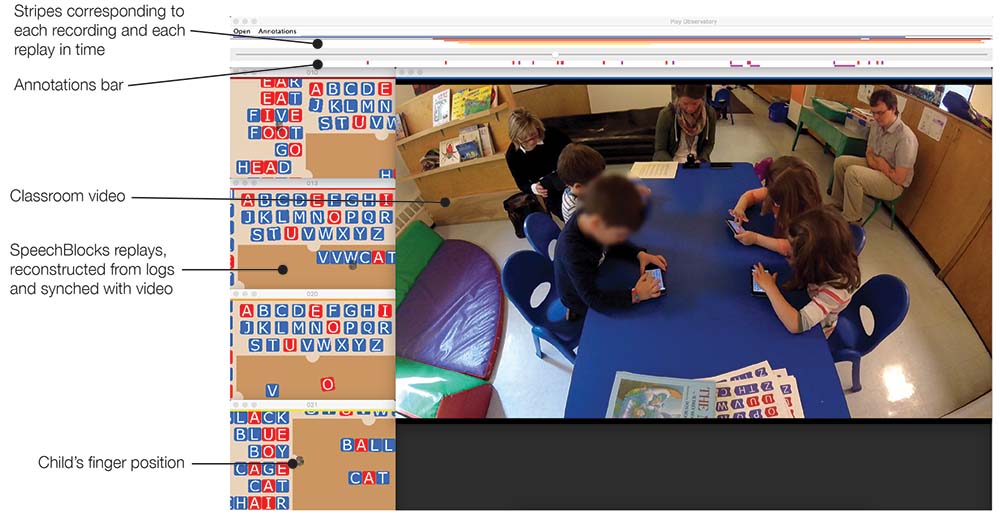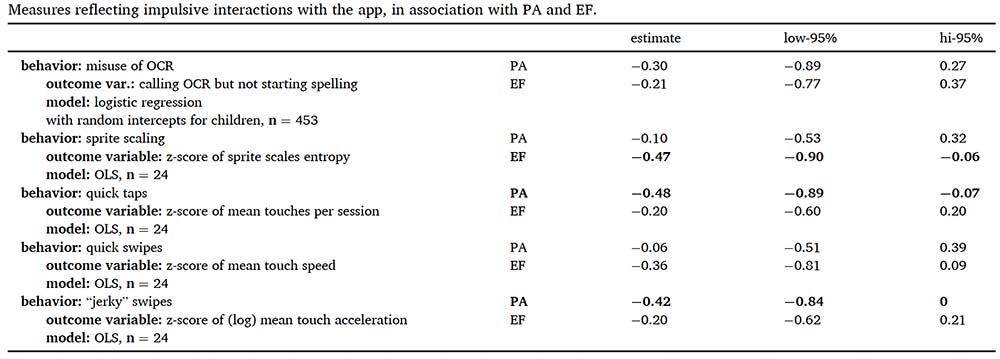Analyzing open-ended learning play

MIT Media Lab, 2016-2020
Roles: participated in Design, Development and Research
Collaborators: Mina Soltangheis, Anneli Hershman. Advisor: Deb Roy
Most of my research focuses on open-ended, playful learning. While powerful in terms of facilitating the child's engagement, agency and self-efficacy, open-ended learning is difficult to analyze because of its complexity: so many different and interesting things could happen! To support understanding of these phenomena, we collect very detailed logs on the devices where our learning apps run - the level of detail is sufficient to reconstruct the entirety of what has happened on-device. We then developed tools that can help to unearthing interesting things in this data - e.g. by providing a bird-eye view on play sessions.
Above, you can see a so-called play tree. This visualization was developed to examine how children tinker with words in a dedicated literacy app. It allows to easily see how words were pulled apart and put together, and thus to quickly scan entire play sessions for interesting patterns.
Below is another tool developed for the same project, called Play Observatory. A video recording of a play session is shown in sync with reconstructions of the app screens which are generated from log files. This allows us to see what children did in context.


